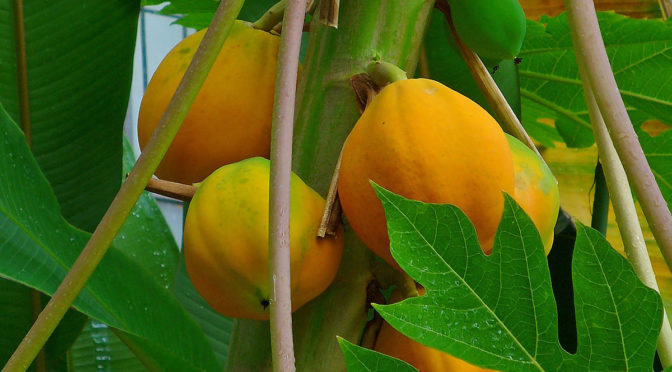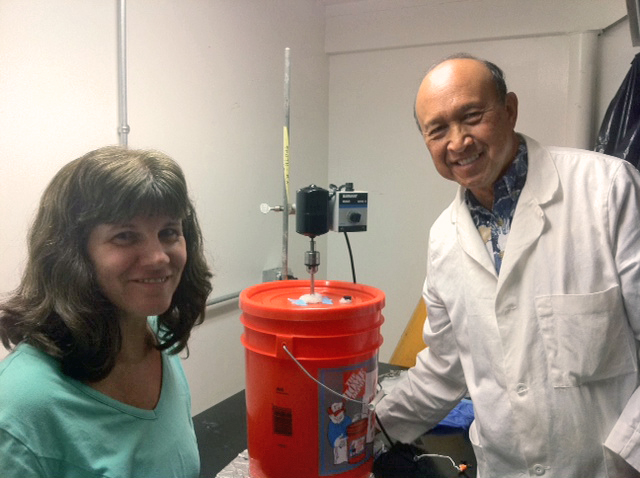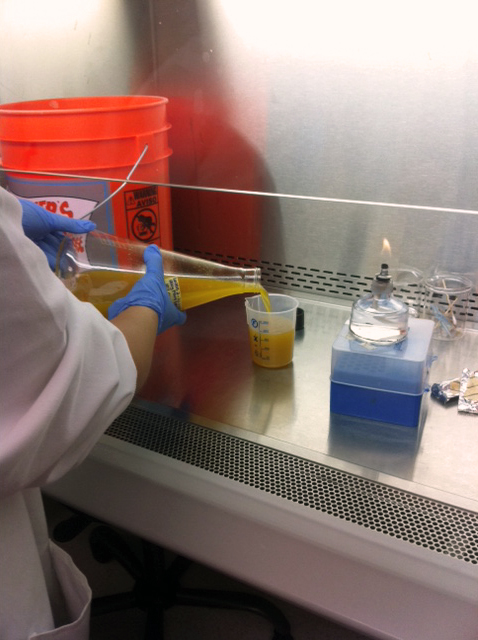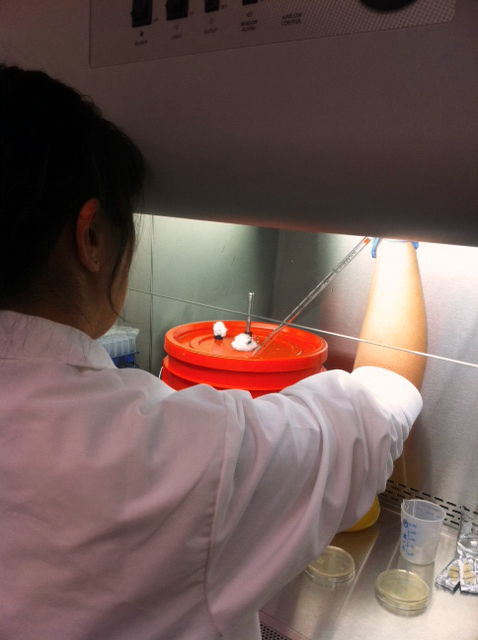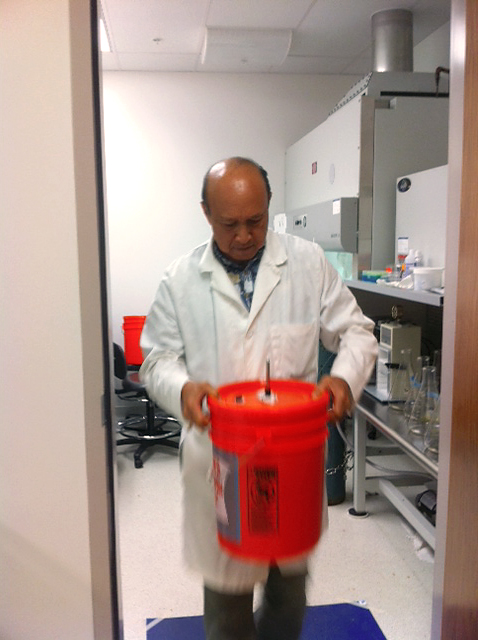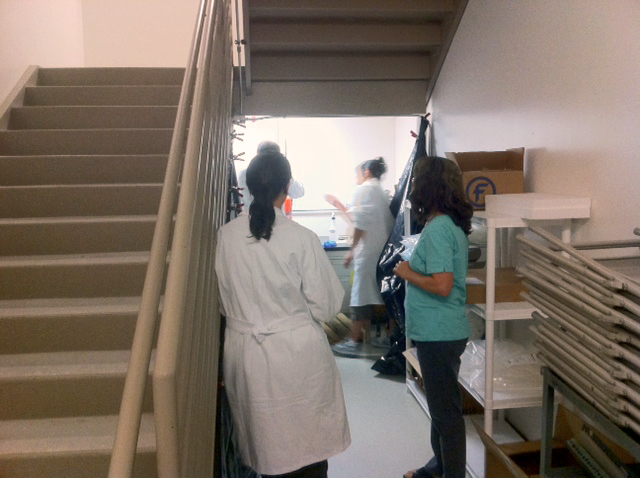After an enormous amount of research, the verdict is in: GMO foods are safe. The Big Island’s Dennis Gonsalves, who designed the virus-resistant Rainbow papaya, is a hero.
The National Academies of Science, Engineering and Medicine examined almost 900 studies, conducted over the past 20 years, and heard from 80 speakers.
The Academies’ mission is to provide “independent, objective analysis and advice to the nation and conduct other activities to solve complex problems and inform public policy decisions.” They say there is no evidence GMO crops cause human health risks or environmental problems. Details here.
But still, here in Hawai‘i, I am ashamed. One of our own saved the papaya industry with genetic engineering and we just threw him under the bus.
Dennis Gonsalves is a Hawaiian and retired professor of plant pathology at Cornell University. He was at the forefront of developing the virus-resistant Rainbow papaya. His work brought the Big Island’s dying papaya industry back from the brink. Without it, we flat out would not have a papaya industry today.
Did you know that people from all over the world fly Dennis Gonsalves in for help? They honor him and ask him for help with their crop problems.
Here, though, our own people demonized and sacrificed Dennis. It makes us Hawaiians look like idiots.
GMO Hysteria
Remember back in late 2013 when the Hawaii County Council voted on whether or not to ban genetically engineered crops? It was near-hysteria. The County Council brought in a yogic “flyer” with no scientific credentials to testify about GMOs. They refused to listen to our own scientists. We actually had to listen to the self-proclaimed GMO “expert’s” testimony for 45 minutes.
Amy Harmon wrote a very good article for the New York Times about that time. She wrote about County Council member Greggor Ilagan and his impressive effort to actually research genetic engineering.
Now the National Academies of Science, Engineering and Medicine confirms that GMOs are safe, and we know that our County Council was wrong to approve a ban on them.
We’ve gone from anti-science hysteria to knowing GMOs are safe, but there’s a native Hawaiian casulty — a local guy from Kohala that people all over the world honor.
We should be praising Dennis. We should be holding him up for young people to be inspired by. He’s a hero and I’d like to see us honor him. It was very shortsighted and unfair that we did not stand up for him. We should all be ashamed.

